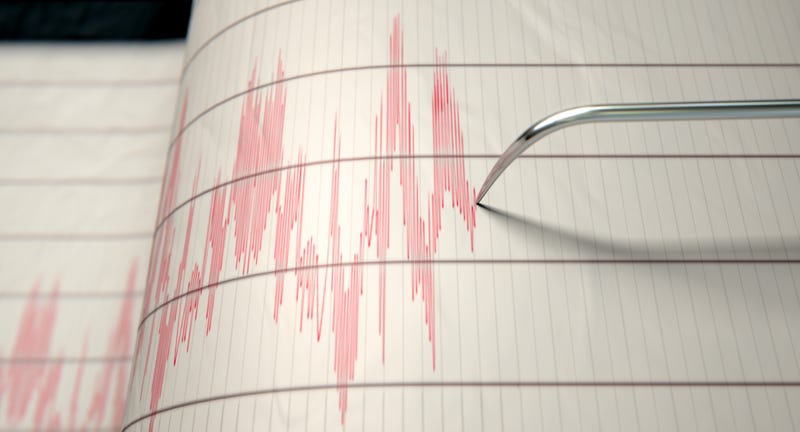
Millions of residents, students and office workers in Los Angeles and Orange counties and across the state took part in the 17th annual Great California ShakeOut drill Thursday, following instructions to "drop, cover and hold on" for a simulated earthquake designed to encourage disaster preparedness.
The drill simulated a response to a massive 7.8-magnitude earthquake on the southern San Andreas fault in an effort to teach residents what to do when a large temblor strikes and how to prepare for such a disaster.
"It's not a matter of if an earthquake of this size will happen -- but when," according to the ShakeOut website. "And it is possible that it will happen in our lifetime."
Organizers of the annual event said preparing for such a devastating quake is essential to limit the loss of life and ensure residents and families are prepared to respond to the event and cope with its aftermath.
"Unless we take action today, there will be major losses of life and property," according to event organizers. "The ShakeOut has been organized to help raise awareness as well as help Californians prepare for the big earthquakes in our future."
According to the ShakeOut website, more than 10.4 million Californians registered to participate in Thursday's drill, including 3.4 million in Los Angeles County and nearly 850,000 in Orange County. During last year's event, about 10.6 million people statewide registered to take part.
The exercises began in 2008.
Cities across Los Angeles and Orange counties took part in the drill, along with most elementary and high school districts and major universities.
According to ShakeOut.org, the objective was to emphasize precautions during a 7.8-magnitude or larger quake along the southernmost portion of the San Andreas fault.
Officials believe such a tectonic shift could produce at least two minutes of shaking waves of movement for hundreds of miles. According to the U.S. Geological Survey, a 7.8 earthquake would cause more than 1,800 deaths, 50,000 injuries, more than $200 billion in damage, along with long-term disruptions.
Want to get caught up on what's happening in SoCal every weekday afternoon? Click to follow The L.A. Local wherever you get podcasts.
Experts say Californians should be prepared to be self-sufficient for 72 hours following a major disaster. That includes having a first-aid kit, medications, food and enough water for each member of a household to drink one gallon per day.
Homeowners and renters should also know how to turn off the gas in their residences in case of leaks.
Follow KNX News 97.1 FM
